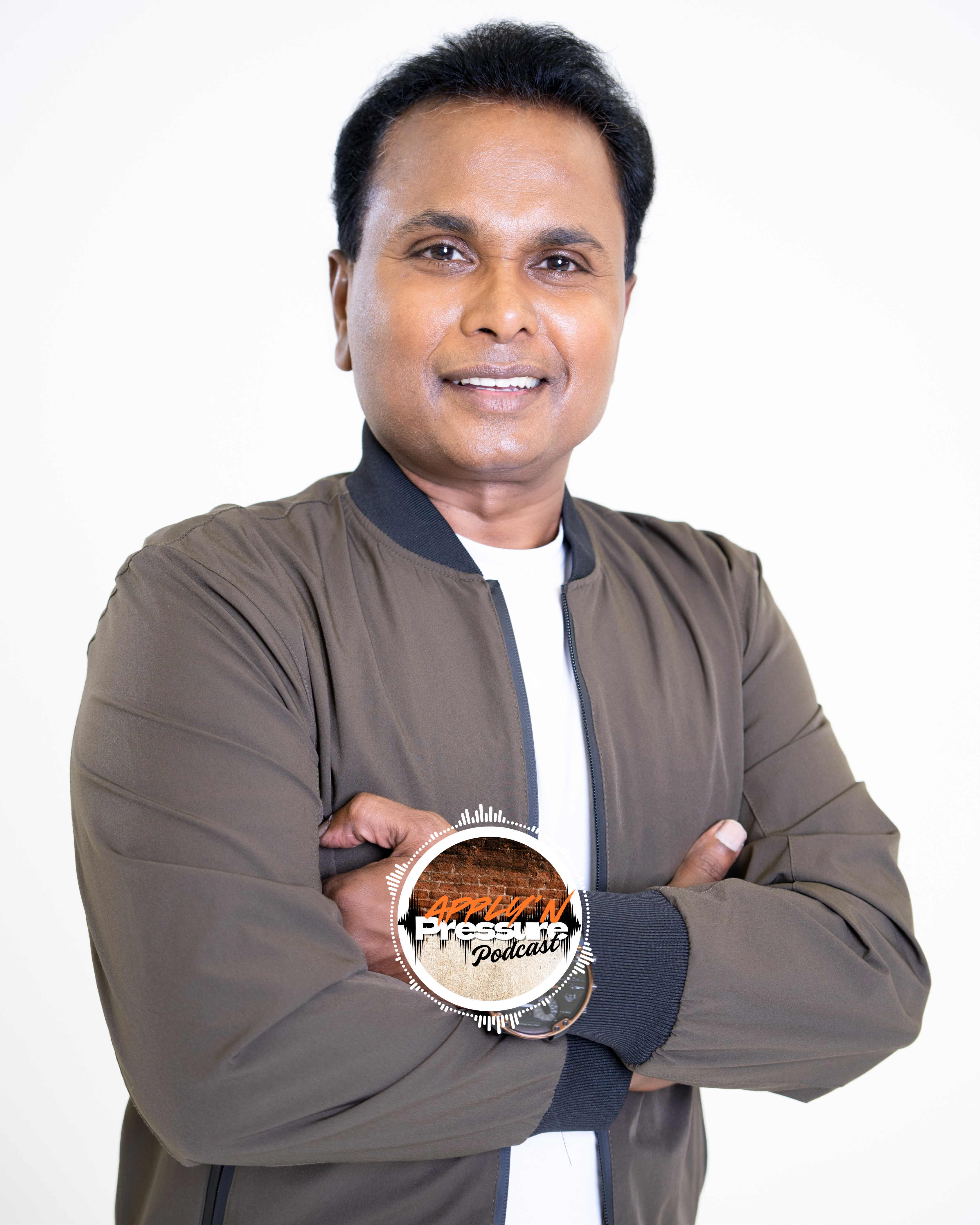
From Tech Titan to Film Powerhouse—How TEL is Rewriting the Rules of the Reel
From engineering boardrooms to blockbuster backlots, Tel Ganesan is proving that visionary leadership isn’t bound by industry lines. As a tech mogul turned film executive, he’s blending innovation with imagination—and applying pressure to Hollywood to make room for bold, diverse stories that matter.
1. Let’s get right into it—Trap City isn’t your average indie film. What drew you to a gritty, music-driven story like this, and what message did you want it to deliver?
“Trap City” is more than a film; it’s a reflection of the societal traps many find themselves in—be it systemic, mental, or cultural. When Brandon T. Jackson approached me with the concept, I saw parallels with my own journey. The story speaks to the challenges and aspirations of those striving to break free from cycles that hold them back. I wanted to create a narrative that resonates with audiences, prompting them to reflect and, hopefully, find their path to liberation.
2. Brandon T. Jackson, Jeezy, Tray Chaney, Dennis LA White, Clifton Powell, Erica Pinkett—that’s a serious cast. What was it like assembling that talent and creating space for their voices to shine?
Bringing together such a diverse and talented cast was both a challenge and a privilege. Each actor brought their unique perspective and depth to the project. Our goal was to ensure that every voice was heard and that each character’s story was told authentically. The synergy among the cast elevated the film, making it a powerful tapestry of experiences and emotions.
3. Working with someone like Brandon T. Jackson—who brings both comedy and complexity to his roles—how did his vision align with yours as a producer?
Brandon’s versatility as an actor is remarkable. His ability to infuse humor into complex situations added layers to the narrative. From the outset, our visions aligned in portraying a story that’s both entertaining and thought-provoking. His commitment to authenticity and depth enriched the film, making our collaboration truly rewarding.
4. Jeezy made waves stepping into acting. How did you approach bringing a hip-hop legend into a cinematic world, and what did he bring that only he could deliver?
Jeezy’s transition from music to film was seamless. His portrayal of Reverend Lylee brought a raw, emotional depth that only someone with his life experiences could convey. His understanding of struggle, resilience, and redemption added authenticity to the character, making his performance both compelling and relatable.
5. Let’s talk behind the scenes—what was one of the most high-pressure moments during the making of Trap City, and how did you push through it?
Every film has its challenges, and “Trap City” was no exception. Coordinating schedules, managing tight budgets, and ensuring authenticity were constant pressures. However, our team’s dedication and shared vision kept us grounded. Open communication and adaptability were key in navigating these challenges and bringing the project to fruition.
6. Storytelling through film is powerful, especially when it’s about survival, art, and the system. How do you think Trap City challenges mainstream narratives about Black and Brown communities?
“Trap City” offers a nuanced portrayal of Black and Brown communities, highlighting their struggles, aspirations, and resilience. Instead of perpetuating stereotypes, the film delves into the systemic challenges these communities face, emphasizing their strength and determination. It’s a narrative that seeks to inspire and provoke meaningful conversations.
7. You’ve worked across industries, but film production is a whole different beast. What did Trap City teach you about patience, ego, and collaboration under pressure?
Venturing into film production was a humbling experience. It taught me the importance of patience, the value of setting aside ego, and the necessity of collaboration. Every team member’s contribution was vital, and recognizing that fostered a cohesive and productive environment, even under immense pressure.
8. A lot of people think film is just red carpets and premieres. What’s something unglamorous about being a producer that people don’t see—but shaped you during this project?
Behind the scenes, producing a film involves countless hours of planning, problem-solving, and decision-making. It’s about managing logistics, budgets, and unforeseen challenges. These experiences, though unglamorous, were instrumental in shaping my resilience and adaptability, qualities that are invaluable in any industry.
9. From Detroit to Hollywood—how does your background influence the kinds of stories you greenlight, especially stories like Trap City?
Living in Detroit for the last several decades, I witnessed firsthand the challenges and triumphs of underrepresented communities. This background instilled a passion for stories that shed light on real issues and inspire change. “Trap City” embodies this ethos, aiming to give a voice to those often unheard.
10. What’s next for TEL Ganesan in the entertainment space? Are we going to see more films like Trap City, or are you pivoting into new creative territory?
The success of “Trap City” has reinforced my commitment to producing impactful narratives. While I remain open to exploring diverse genres, my focus will continue to be on stories that challenge perceptions, inspire dialogue, and drive societal change. The journey is just beginning, and I’m excited for what’s ahead.
